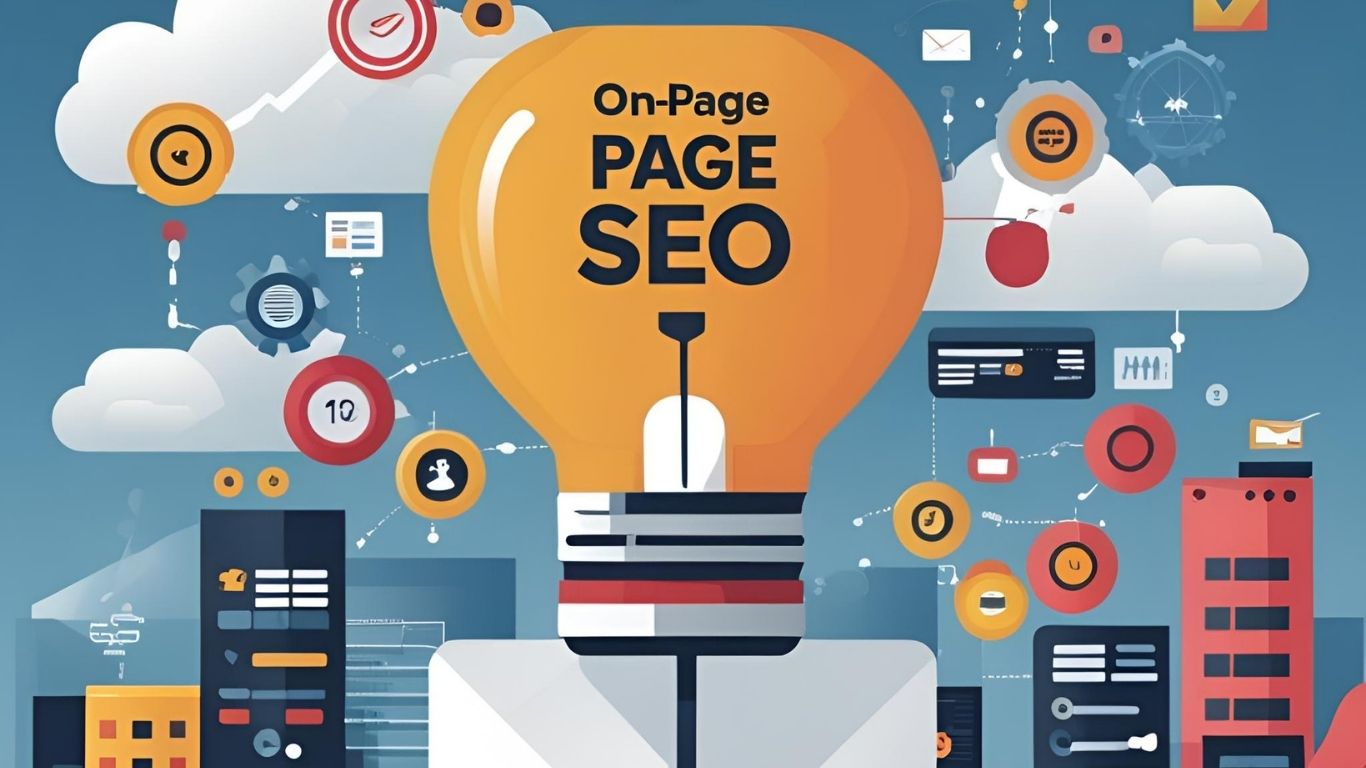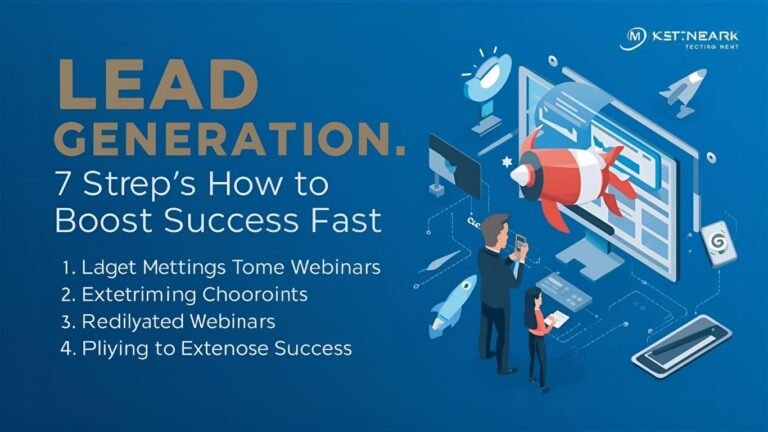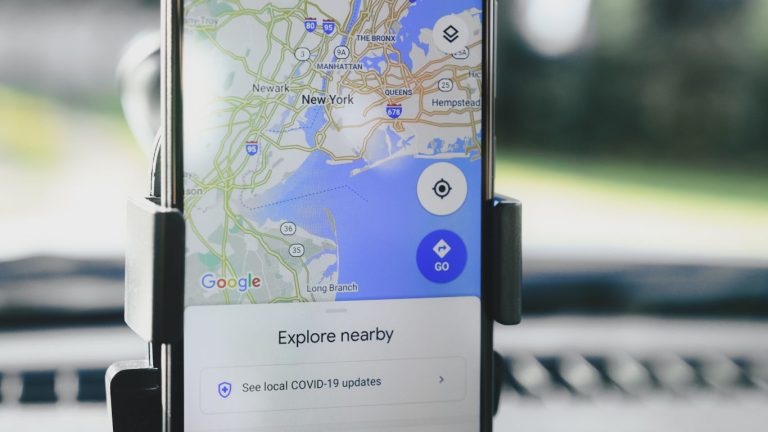On-Page SEO Best Practices: 7 Powerful Steps to Boost Your Site’s Visibility #SEO #DigitalMarketing #Rankings
On-Page SEO Best Practices: 7 Steps to Skyrocket Rankings
Why On-Page SEO Still Dominates in 2025
If there’s one thing I’ve learned from working with websites for over a decade, it’s this: On-Page SEO Best Practices are the foundation of long-term success. You can pour money into ads, but once you stop paying, the traffic disappears. On-page optimization, however, keeps working for you day and night.
In 2025, Google’s algorithm changes are happening at lightning speed. Search engines are getting smarter, but they still need structured, clear, and context-rich signals to rank your pages. The beauty of on-page SEO is that it puts control back in your hands — no waiting on external backlinks or algorithm luck.
Search Algorithm Shifts You Need to Know
Just last year, a client of mine saw a 40% traffic drop after Google’s Helpful Content update. The reason? Their content was valuable but lacked structured headings, optimized images, and internal linking — all part of On-Page SEO Best Practices. Once we fixed these, rankings rebounded in six weeks.
How User Intent Shapes SEO Success
Here’s the secret sauce: Google doesn’t just rank keywords anymore; it ranks answers. Your on-page strategy must anticipate what a searcher really wants, not just what they typed. When you match user intent with technical precision, magic happens.
💡 Affiliate Tip: If you recommend SEO tools (like SurferSEO or Rank Math) in your content, position them right after explaining a pain point — that’s when readers are most ready to take action.
Step 1: Craft Titles That Demand Clicks
Your title is your digital handshake. People will decide in 0.5 seconds whether to click. That’s why On-Page SEO Best Practices put title optimization at the very top of the checklist.
Using Emotional Triggers in Title Tags
Words like “Skyrocket,” “Proven,” or “Game-Changing” tap into curiosity and desire. For example: “7 Proven On-Page SEO Best Practices That Skyrocket Rankings” instantly feels valuable.
Balancing Keywords and Natural Flow
Cramming keywords into titles is outdated. Instead, let them blend naturally so they serve both humans and algorithms. A keyword in the first 60 characters ensures visibility in search results.
💡 Affiliate Tip: Promote headline analyzers (like CoSchedule Headline Studio) here — it’s a perfect match for readers improving their titles.
Step 2: Optimize Meta Descriptions for Engagement
If titles get clicks, meta descriptions seal the deal. They’re like mini ads for your page.
Writing Meta That Sells the Click
A great meta tells the reader exactly what they’ll get — with a hint of urgency.
Example: “On-Page SEO Best Practices boost traffic fast. Learn 7 steps to rank higher and attract eager visitors.”
Keyword Placement Without Overstuffing
Keep your focus keyphrase toward the start, but let it feel natural. Avoid robotic phrasing like “On-Page SEO Best Practices On-Page SEO Best Practices” — Google will smell the spam.
💡 Affiliate Tip: Recommend keyword research tools (SEMRush, Ahrefs) in this section to help readers write optimized, competitive metas.
Step 3: Structure Your Headings for Clarity
Think of headings as your article’s skeleton. They guide both the reader and search engine crawlers.
Logical Flow for Search Crawlers
H1 is the main theme. H2s are the core points. H3s break down details. A clean structure signals quality to Google.
Enhancing Reader Scannability
Most users skim. That’s why On-Page SEO Best Practices include breaking content into digestible chunks. Headings help busy readers find what they need instantly.
💡 Affiliate Tip: This is a great spot to plug WordPress SEO plugins that automate heading analysis.
Step 4: Image Optimization That Speeds Up Rankings
A slow-loading site is like a shop with a locked door — customers leave before entering.
Compressing Without Quality Loss
Use tools like TinyPNG or ShortPixel to shrink file sizes. Google rewards speed, and faster images improve user experience.
Using Alt Text for Accessibility & SEO
Alt text isn’t just for screen readers. It’s also a keyword opportunity — describe the image naturally and include On-Page SEO Best Practices where relevant.
💡 Affiliate Tip: Mention image CDN services (like Cloudflare Images) here.
Step 5: Internal Linking Strategies for Authority
Internal links are the hidden highways of your site.
Linking to Evergreen Content
Direct traffic to cornerstone articles — those in-depth guides that stay relevant for years.
Avoiding Overlinking Pitfalls
Too many links can confuse readers. Quality over quantity is part of On-Page SEO Best Practices that most people overlook.
💡 Affiliate Tip: Suggest link audit tools (Link Whisper, Ahrefs Site Audit).
Step 6: Content Formatting That Boosts Engagement
Your formatting impacts readability, which affects rankings.
Using Lists, Quotes, and Highlights
Bullet points and quotes break monotony, keeping users scrolling.
Paragraph Length & Visual Breaks
No one enjoys walls of text. Keep paragraphs under 150 words, just like we’re doing here.
💡 Affiliate Tip: Offer design tools (Canva Pro) to help readers create engaging visuals.
Step 7: Mobile Optimization for On-Page SEO
Mobile-first indexing means your mobile site is now your main site.
Responsive Design Essentials
Test your site on multiple devices. Google favors mobile-friendly pages.
Touch-Friendly Navigation
Buttons should be large enough to tap without zooming. These small details are a huge part of On-Page SEO Best Practices.
💡 Affiliate Tip: Recommend responsive WordPress themes from affiliate marketplaces.
Advanced On-Page SEO Techniques
Go beyond the basics to stand out.
Schema Markup for Rich Snippets
Structured data helps Google understand your content context — and earns eye-catching SERP features.
Optimizing for Voice Search Queries
Voice searches are longer and conversational. Integrate natural, question-based keywords.
💡 Affiliate Tip: Mention schema plugins and voice SEO tools.
Common On-Page SEO Mistakes to Avoid
Even pros slip up.
Keyword Cannibalization Issues
Targeting the same keyword across multiple pages can tank rankings.
Ignoring Page Load Speeds
Speed is non-negotiable in On-Page SEO Best Practices. Test with PageSpeed Insights.
💡 Affiliate Tip: Recommend hosting providers with built-in speed optimization.
Measuring On-Page SEO Success
What gets measured gets improved.
Using Google Search Console Data
Track impressions, clicks, and position changes.
Tracking User Engagement Metrics
Bounce rate, time on page, and scroll depth tell you if your content truly resonates.
💡 Affiliate Tip: Mention analytics dashboards like MonsterInsights.
Final Thoughts and Next Steps
Mastering On-Page SEO Best Practices is about consistency, not one-time fixes. Apply these seven steps, monitor results, and adjust.
Quick Recap of 7 Steps
Craft click-worthy titles
Write engaging meta descriptions
Structure headings clearly
Optimize images
Build smart internal links
Format for readability
Go mobile-first
Encouraging Readers to Take Action
Your site won’t transform overnight, but start today, and you’ll be miles ahead in six months.
💡 Final Affiliate Tip: End with a curated list of your top recommended SEO tools — readers who’ve made it this far are ready to invest.
🔹 5–15 Bullet-Point Summary
- On-Page SEO Best Practices are the foundation for long-term search visibility and organic growth.
- Titles should blend keywords naturally with emotional triggers to boost CTR.
- Meta descriptions act like mini ads — concise, engaging, and keyword-rich.
- A clear heading hierarchy (H1–H4) improves readability and crawlability.
- Image optimization (compression + alt text) enhances both speed and SEO.
- Internal links distribute authority and guide users to high-value content.
- Formatting (lists, quotes, short paragraphs) improves engagement and reduces bounce rates.
- Mobile optimization is critical due to Google’s mobile-first indexing.
- Advanced tactics include schema markup and voice search targeting.
- Avoid keyword cannibalization and slow load speeds.
- Use analytics to measure SEO performance and adjust strategies.
- Consistency in applying these steps ensures lasting ranking improvements.
💬 10–15 Unique FAQs on On-Page SEO Best Practices
1. What are On-Page SEO Best Practices?
They are strategies that optimize your web pages for search engines and users. This includes improving titles, meta descriptions, headings, images, and internal links.
2. How often should I update my on-page SEO?
Review your pages every 3–6 months. Search algorithms evolve quickly, so keeping content fresh helps maintain rankings.
3. Can on-page SEO replace backlinks?
Not entirely. While On-Page SEO Best Practices boost visibility, backlinks still play a role in authority building.
4. Do meta descriptions affect rankings?
Directly, no. Indirectly, yes — better click-through rates can improve search positions.
5. How important is mobile optimization in 2025?
Extremely. With mobile-first indexing, your mobile version is the primary one Google evaluates.
6. Should I include keywords in headings?
Yes, but naturally. Overstuffing can hurt readability and SEO.
7. How many internal links per page is ideal?
Around 3–5 high-value links per 1,000 words is a balanced approach.
8. What’s the best image size for SEO?
Use compressed images under 150KB without losing quality.
9. Can I use the same title for multiple pages?
Avoid it. Each page should have a unique, keyword-rich title.
10. Do alt texts really matter?
Absolutely. They improve accessibility and give search engines context about your images.
11. How do I avoid keyword cannibalization?
Assign one primary keyword per page and monitor rankings for overlaps.
12. What tools help with on-page SEO?
Popular tools include Rank Math, Yoast SEO, and SurferSEO.
13. Can I do on-page SEO without coding?
Yes. Most modern CMS platforms let you adjust SEO elements easily.
14. How fast should my site load for good SEO?
Aim for under 3 seconds for both desktop and mobile.
15. Is schema markup worth the effort?
Yes, because it helps your content stand out with rich snippets.
🌐 Boost Your Expertise with These Resources
Whether you’re starting out or refining advanced strategies, these handpicked links will guide you through trusted insights, tools, and industry best practices. They’re not just informative — they’ll help you make smarter, faster decisions in your SEO journey.
Google Search Central – SEO Starter Guide – Begin with the official fundamentals from Google itself, ensuring you follow search engine–approved guidelines.
Moz – Beginner’s Guide to SEO – Learn SEO from one of the most respected names in the industry, with in-depth yet easy-to-follow lessons.
Ahrefs – On-Page SEO: An Actionable Guide – Discover practical steps for improving your on-page optimization, complete with real-world examples.
Yoast – SEO Blog – Stay updated with fresh tips, algorithm news, and optimization techniques tailored for content creators.
Search Engine Journal – SEO Category – Dive into a wealth of articles covering both foundational tactics and emerging trends.
Backlinko – On-Page SEO Techniques – Gain valuable strategies from a proven expert in ranking content through precise, data-backed approaches.
Neil Patel – SEO Resources – Analyze your site for free and get immediate, actionable insights for boosting rankings.
HubSpot – SEO Marketing Hub – Access guides, templates, and marketing resources that integrate SEO with broader growth strategies.
SEMrush – SEO Learning Hub – Take free courses and certifications to sharpen your SEO expertise at any level.
Content Marketing Institute – SEO Articles – Explore content-driven SEO strategies designed for long-term brand visibility.
By leveraging these resources, you’ll not only stay ahead of the curve but also ensure your On-Page SEO Best Practices align with current search standards and user expectations.
📌 Blog Recommendation
If you want to explore more in-depth marketing, SEO, and online business strategies, visit the GetRizwan Blog. It’s packed with actionable insights, case studies, and industry updates you can apply immediately.
LinkedIn:
Connect professionally with Rizwan on LinkedIn for insights, tips, and networking opportunities.







